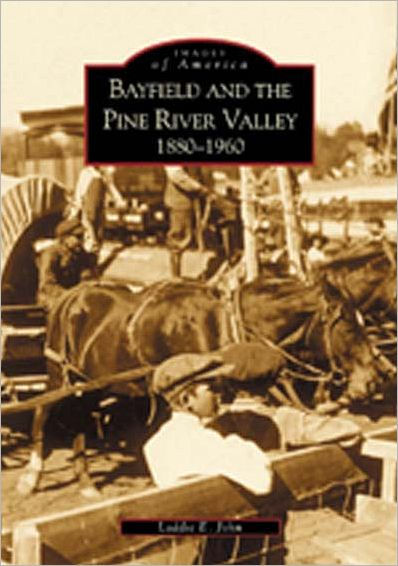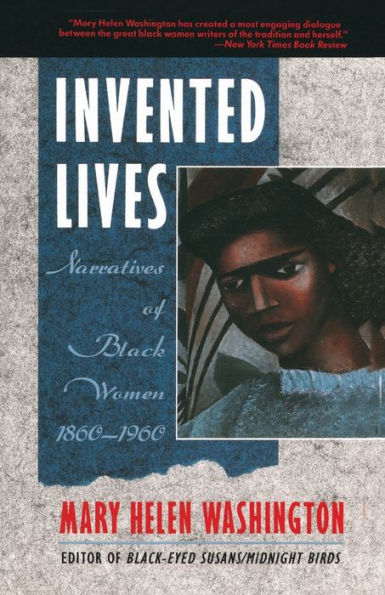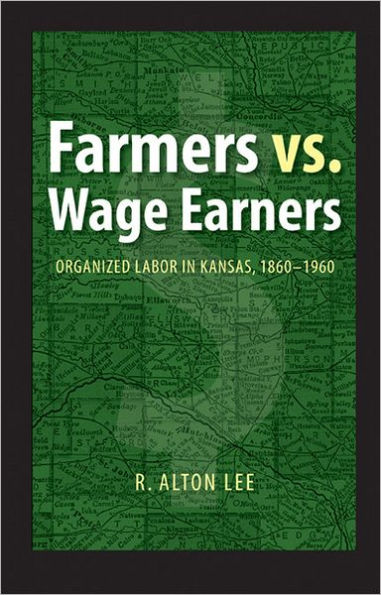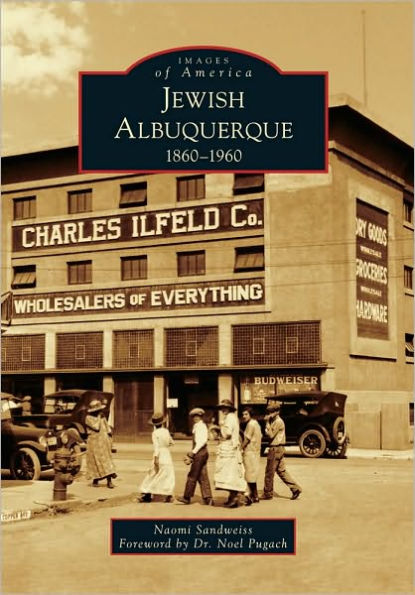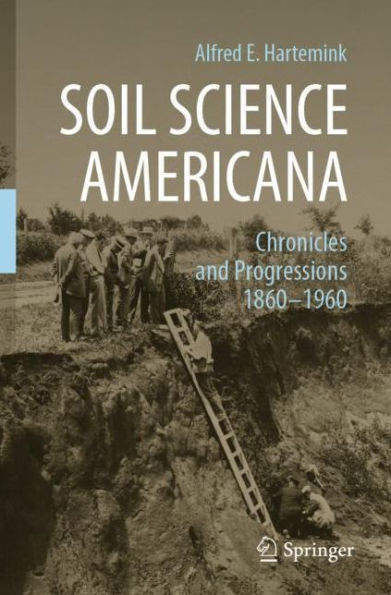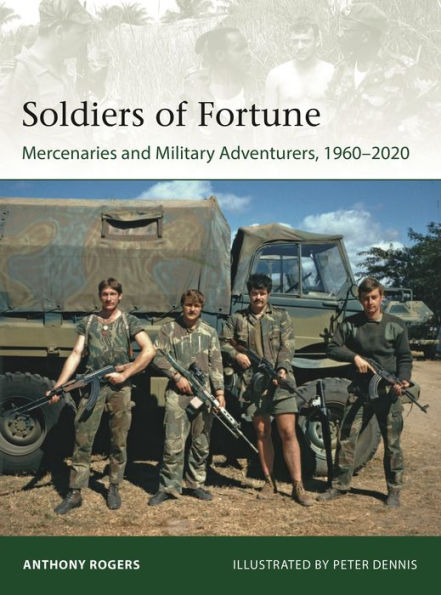Home
Scraping The Barrel: Military Use of Substandard Manpower, 1860-1960
Barnes and Noble
Loading Inventory...
Scraping The Barrel: Military Use of Substandard Manpower, 1860-1960 in Chattanooga, TN
Current price: $100.00
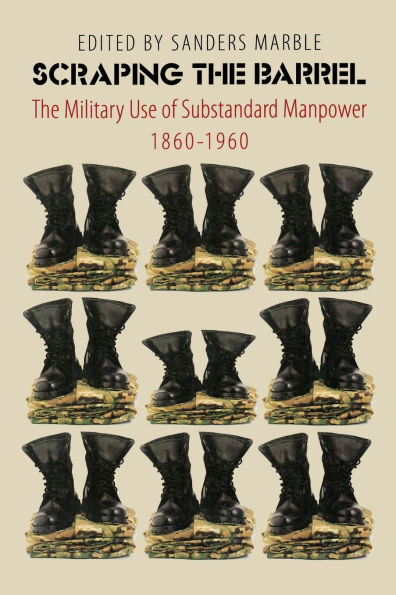
Barnes and Noble
Scraping The Barrel: Military Use of Substandard Manpower, 1860-1960 in Chattanooga, TN
Current price: $100.00
Loading Inventory...
Size: Hardcover
Scraping the Barrel
covers ten cases of how armies have used sub-standard manpower in wars from 1860 to the 1960s. Dennis Showalter and André Lambelet look at the changing standards in Germany and France leading up to World War I, while Peter Simkins chronicles what happened with the 'Bantams,' special units of short men used by Britain in WWI.
Often the use of substandard men was to answer the sheer need for manpower in brutal, lasting conflicts
, as Paul A. Cimbala writes of the U.S. Veteran Reserve Corps in the Civil War, or to keep war-damaged men active; sometimes this ethos was used to include men who wanted to fight but who otherwise would have been excluded, as Steven W. Short writes of the U.S. Colored troops in WWI.
In WWII it was to answer more dire exigencies, as David Glantz relates how the USSR, having suffered enormous losses, threw away many pre-war standards,
reaching for women, ethnic/national minorities, and political prisoners alike to fill units
. Likewise, Nazi Germany, facing many fronts and a finite manpower pool, was compelled to relax both physical and racial standards, and Walter Dunn and Valdis Lumans look at these changing policies as well as the battlefield performance of these men.
In relating the stories of the sub-standard (for the military),
is also a humanist history of the military, of the more average men who have served their country and how they were put to use.
It throws light on how militaries' ideas of fitness reflect the underlying views of their societies
. The idea of "disability" has been constructed based on a variety of physical, yes, but also social standards: as a value judgment on groups viewed as lesser
the aged, the lower classes, and those of different races and ethnic identities.
From the American Civil War, through World Wars I and II, through the U.S. Project 100,000 in the Cold War, sub-standard men have been mobilized, served, and fought for their countries. These men are the inverse of the elites that get the lion's share of our attention.
This is their untold history.
covers ten cases of how armies have used sub-standard manpower in wars from 1860 to the 1960s. Dennis Showalter and André Lambelet look at the changing standards in Germany and France leading up to World War I, while Peter Simkins chronicles what happened with the 'Bantams,' special units of short men used by Britain in WWI.
Often the use of substandard men was to answer the sheer need for manpower in brutal, lasting conflicts
, as Paul A. Cimbala writes of the U.S. Veteran Reserve Corps in the Civil War, or to keep war-damaged men active; sometimes this ethos was used to include men who wanted to fight but who otherwise would have been excluded, as Steven W. Short writes of the U.S. Colored troops in WWI.
In WWII it was to answer more dire exigencies, as David Glantz relates how the USSR, having suffered enormous losses, threw away many pre-war standards,
reaching for women, ethnic/national minorities, and political prisoners alike to fill units
. Likewise, Nazi Germany, facing many fronts and a finite manpower pool, was compelled to relax both physical and racial standards, and Walter Dunn and Valdis Lumans look at these changing policies as well as the battlefield performance of these men.
In relating the stories of the sub-standard (for the military),
is also a humanist history of the military, of the more average men who have served their country and how they were put to use.
It throws light on how militaries' ideas of fitness reflect the underlying views of their societies
. The idea of "disability" has been constructed based on a variety of physical, yes, but also social standards: as a value judgment on groups viewed as lesser
the aged, the lower classes, and those of different races and ethnic identities.
From the American Civil War, through World Wars I and II, through the U.S. Project 100,000 in the Cold War, sub-standard men have been mobilized, served, and fought for their countries. These men are the inverse of the elites that get the lion's share of our attention.
This is their untold history.
Scraping the Barrel
covers ten cases of how armies have used sub-standard manpower in wars from 1860 to the 1960s. Dennis Showalter and André Lambelet look at the changing standards in Germany and France leading up to World War I, while Peter Simkins chronicles what happened with the 'Bantams,' special units of short men used by Britain in WWI.
Often the use of substandard men was to answer the sheer need for manpower in brutal, lasting conflicts
, as Paul A. Cimbala writes of the U.S. Veteran Reserve Corps in the Civil War, or to keep war-damaged men active; sometimes this ethos was used to include men who wanted to fight but who otherwise would have been excluded, as Steven W. Short writes of the U.S. Colored troops in WWI.
In WWII it was to answer more dire exigencies, as David Glantz relates how the USSR, having suffered enormous losses, threw away many pre-war standards,
reaching for women, ethnic/national minorities, and political prisoners alike to fill units
. Likewise, Nazi Germany, facing many fronts and a finite manpower pool, was compelled to relax both physical and racial standards, and Walter Dunn and Valdis Lumans look at these changing policies as well as the battlefield performance of these men.
In relating the stories of the sub-standard (for the military),
is also a humanist history of the military, of the more average men who have served their country and how they were put to use.
It throws light on how militaries' ideas of fitness reflect the underlying views of their societies
. The idea of "disability" has been constructed based on a variety of physical, yes, but also social standards: as a value judgment on groups viewed as lesser
the aged, the lower classes, and those of different races and ethnic identities.
From the American Civil War, through World Wars I and II, through the U.S. Project 100,000 in the Cold War, sub-standard men have been mobilized, served, and fought for their countries. These men are the inverse of the elites that get the lion's share of our attention.
This is their untold history.
covers ten cases of how armies have used sub-standard manpower in wars from 1860 to the 1960s. Dennis Showalter and André Lambelet look at the changing standards in Germany and France leading up to World War I, while Peter Simkins chronicles what happened with the 'Bantams,' special units of short men used by Britain in WWI.
Often the use of substandard men was to answer the sheer need for manpower in brutal, lasting conflicts
, as Paul A. Cimbala writes of the U.S. Veteran Reserve Corps in the Civil War, or to keep war-damaged men active; sometimes this ethos was used to include men who wanted to fight but who otherwise would have been excluded, as Steven W. Short writes of the U.S. Colored troops in WWI.
In WWII it was to answer more dire exigencies, as David Glantz relates how the USSR, having suffered enormous losses, threw away many pre-war standards,
reaching for women, ethnic/national minorities, and political prisoners alike to fill units
. Likewise, Nazi Germany, facing many fronts and a finite manpower pool, was compelled to relax both physical and racial standards, and Walter Dunn and Valdis Lumans look at these changing policies as well as the battlefield performance of these men.
In relating the stories of the sub-standard (for the military),
is also a humanist history of the military, of the more average men who have served their country and how they were put to use.
It throws light on how militaries' ideas of fitness reflect the underlying views of their societies
. The idea of "disability" has been constructed based on a variety of physical, yes, but also social standards: as a value judgment on groups viewed as lesser
the aged, the lower classes, and those of different races and ethnic identities.
From the American Civil War, through World Wars I and II, through the U.S. Project 100,000 in the Cold War, sub-standard men have been mobilized, served, and fought for their countries. These men are the inverse of the elites that get the lion's share of our attention.
This is their untold history.
